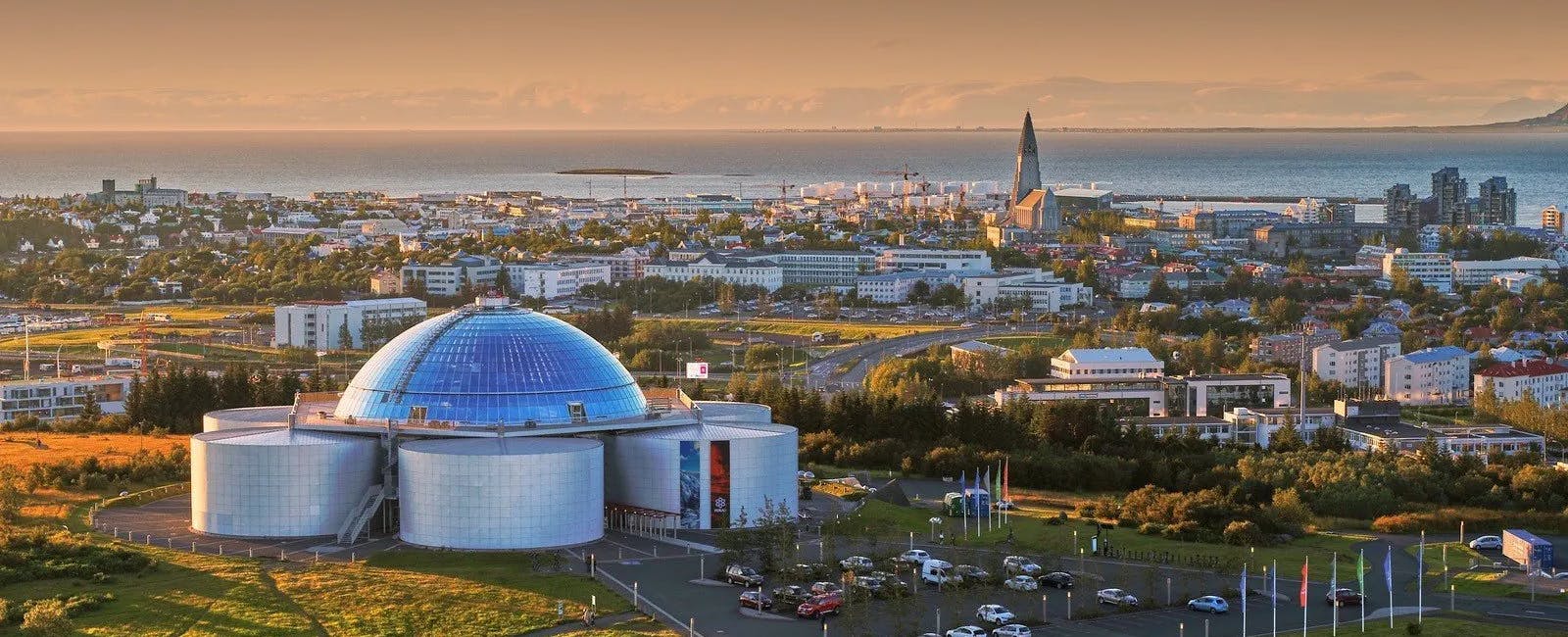
Things To Do In Reykjavík In May
May is one of the best times to visit Reykjavík. As the city transitions from winter to summer, the snow melts away, days grow longer, and temperatures rise. The weather in Reykjavík in May is mild, with average temperatures between 3°C and 9°C (37°F–48°F) and nearly 20 hours of daylight by the end of the month. It’s a time of energy, festivals, and the return of wildlife, a perfect month to explore Iceland’s capital.
1. Discover the Reykjavík Arts Festival in May
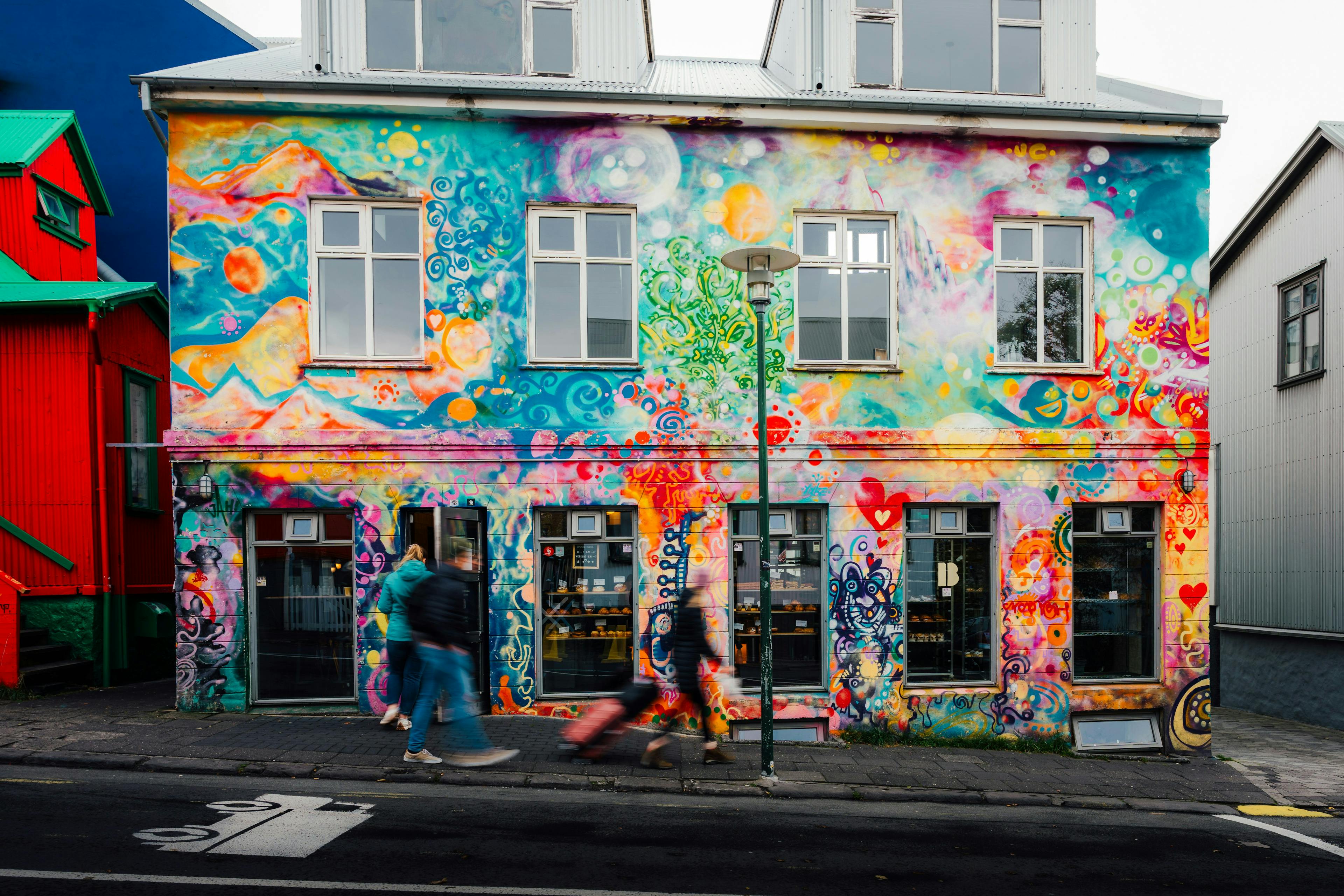
One of the highlights of Reykjavík in May is the Reykjavík Arts Festival, Iceland’s leading celebration of culture and creativity. Held every May, it brings together artists, musicians, dancers, and performers from around the world for two weeks of concerts, exhibitions, and live shows across the city.
Events take place at venues like Harpa Concert Hall, local galleries, and outdoor spaces that make the most of the mild Reykjavík weather in May. The long daylight hours let you enjoy art, music, and performances late into the evening.
If you’re looking for cultural things to do in Reykjavík in May, the Arts Festival is a must. It captures the city’s creative energy and offers visitors a unique way to experience Iceland’s capital in spring.
2. Walk Öskjuhlíð Hill by Perlan’s Birch and Lupins

A must-do in Reykjavík in May is a walk through Öskjuhlíð Hill, where Perlan stands surrounded by blooming lupins and forested trails of birch and pine. Start near Reykjavík University and follow the paths uphill, passing remnants of WWII-era fortifications.
At the top, stop by Perlan’s café for Icelandic coffee and cake, then step onto the observation deck for breathtaking panoramic views of the city and mountains. The mild Reykjavík May weather makes this one of the best times to enjoy outdoor walks without the chill of winter.
3. Explore Downtown Reykjavík

At the heart of Iceland’s capital, downtown Reykjavík is a lively mix of colorful houses, cafés, galleries, and local shops. It’s the perfect area to stroll, explore street art, and experience Icelandic design and everyday culture up close.
Walk along Laugavegur, the city’s main shopping street, where you’ll find boutique stores, cozy coffee spots, and local art studios. Nearby side streets lead to small museums, harborside views, and restaurants serving fresh Icelandic dishes.
Whether you’re shopping for handmade crafts, sampling local flavors, or simply taking in the city’s creative energy, exploring downtown Reykjavík gives you a true sense of its charm and personality.
4. See Whales and Puffins Return to Icelandic Waters
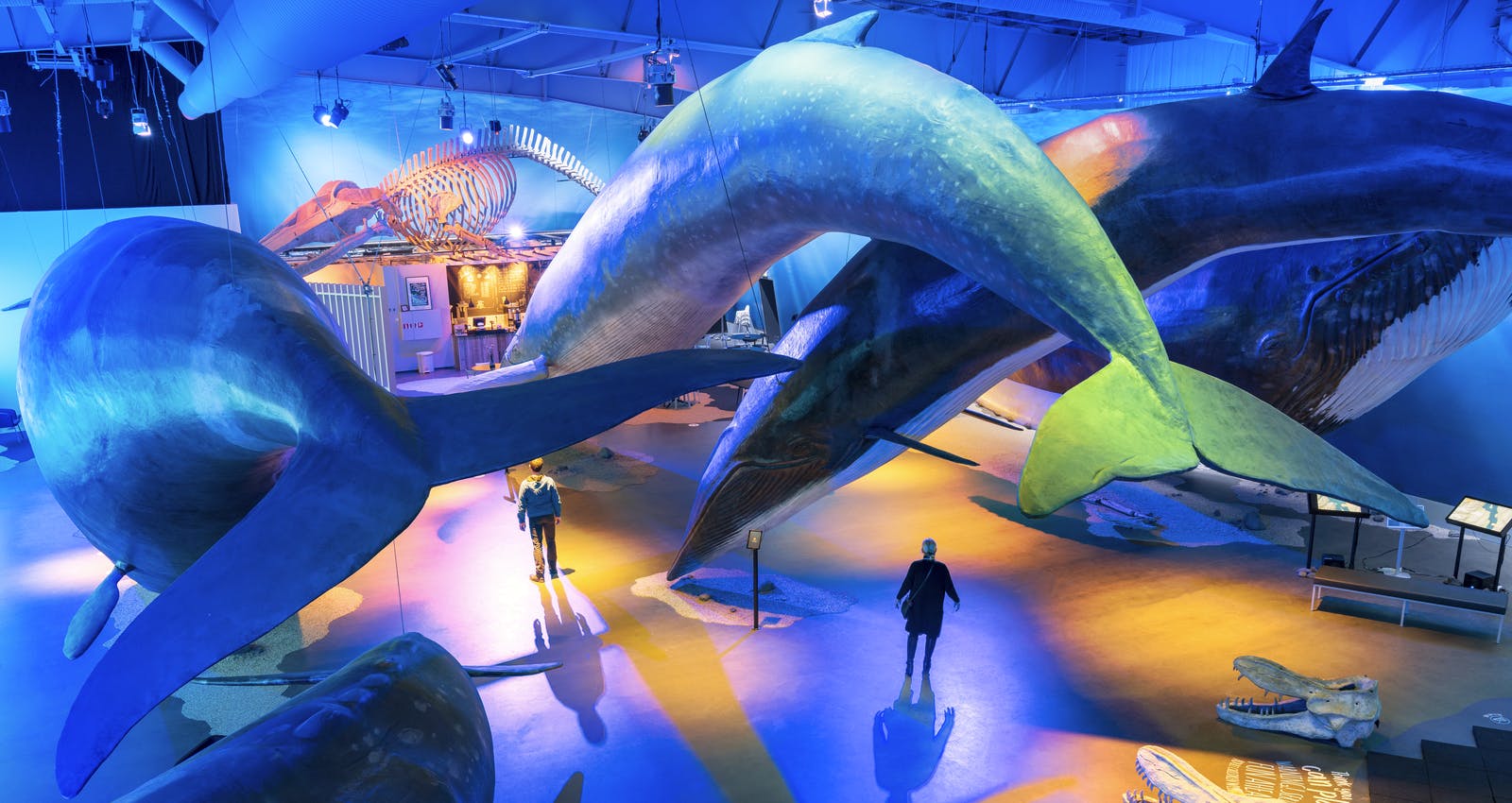
May in Reykjavík marks the return of whales and puffins to Iceland’s coast, and it’s the perfect time to visit the Whales of Iceland Museum, where life-sized models and interactive exhibits bring the country’s marine giants to life.
The warming ocean currents in May attract humpback whales, minke whales, dolphins, and porpoises, making it prime time for whale watching tours from Reykjavík’s harbour.
At the same time, puffins return to nearby islands like Lundey and Akurey, where you can take boat tours to spot them nesting on the cliffs. Before heading out, learn about these incredible species at Perlan’s Underwater World exhibit, which explores Iceland’s rich marine life and ecosystems. Read more about the best place to whale watch in Iceland before you visit.
5. Ride Icelandic Horses on Labour Day
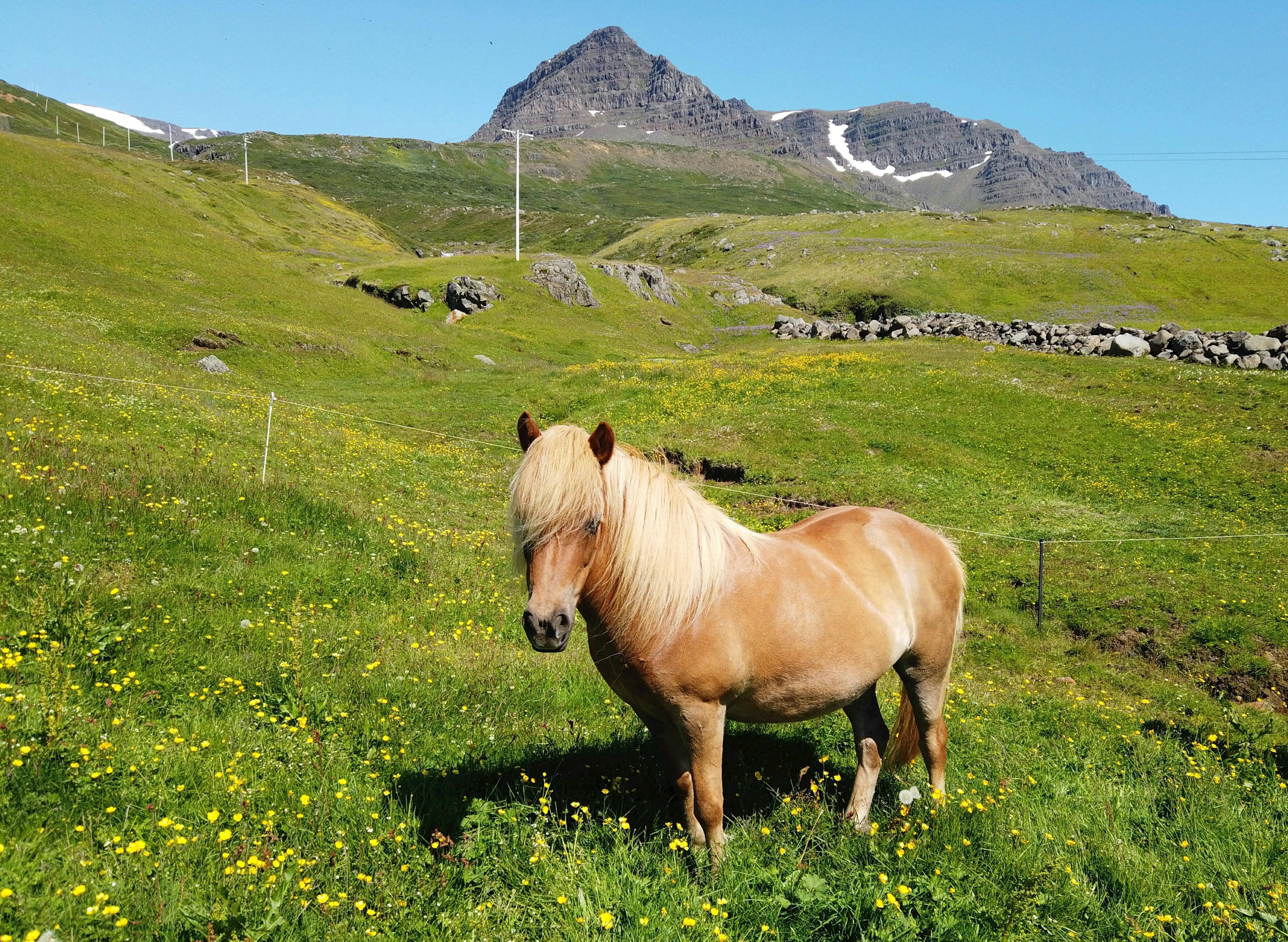
May 1st is both Labour Day (Verkalýðsdagurinn) and the Day of the Icelandic Horse, a celebration of Iceland’s unique purebred horses. These sturdy animals, known for their smooth five gaits, are a symbol of Icelandic heritage.
Join a local horseback tour around Reykjavík’s countryside for a peaceful ride through meadows and lava fields. The mild Reykjavík weather in May makes it a perfect time for outdoor adventures like this.
6. Visit Hallgrímskirkja Church and Enjoy the Views
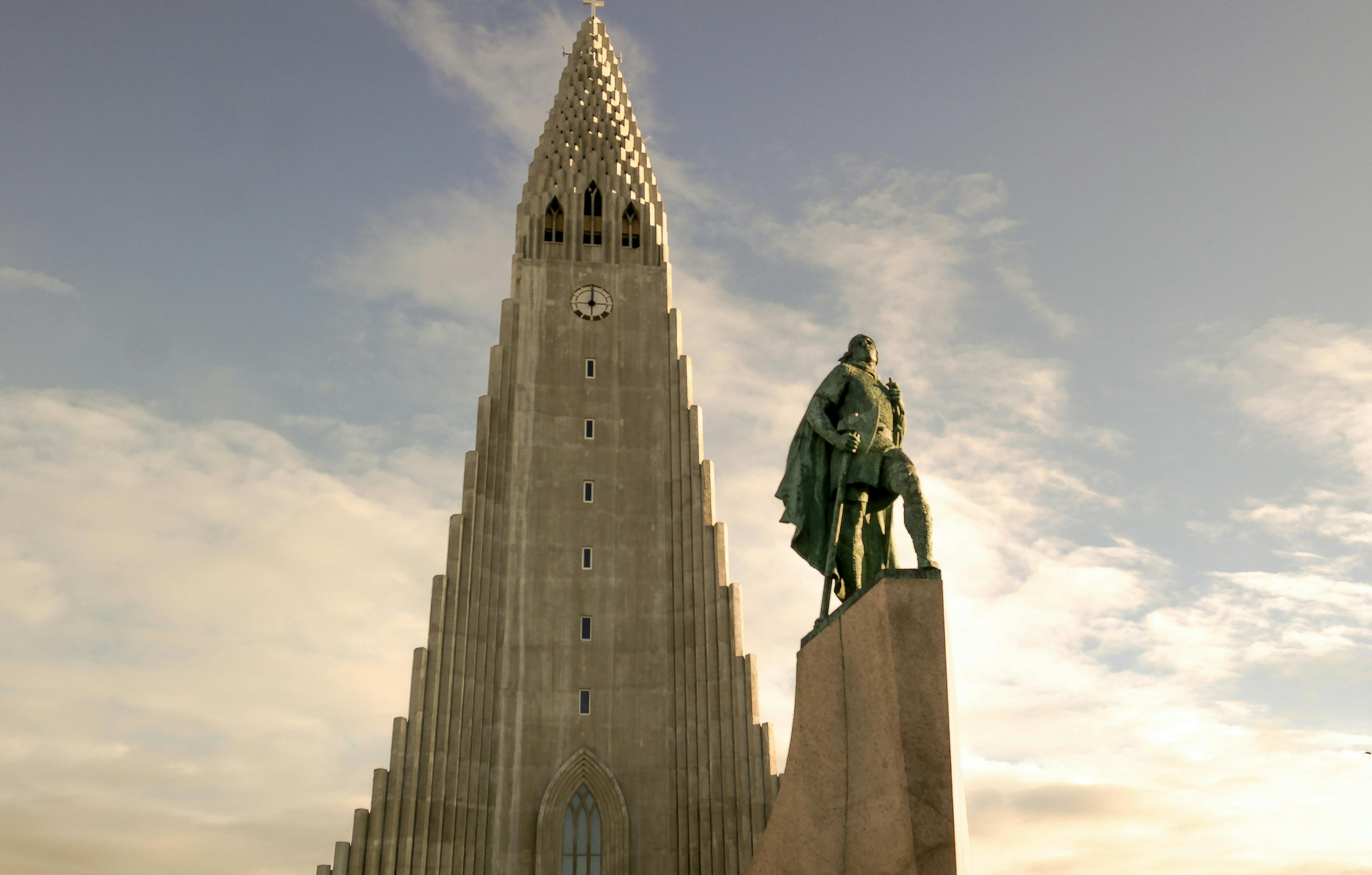
No trip to Reykjavík in May is complete without visiting Hallgrímskirkja, the city’s iconic concrete church that towers over downtown. Climb to the top of its 74-metre tower for sweeping views of the colourful rooftops, ocean, and surrounding mountains.
May is ideal, the days are long, and the crowds are smaller than in summer. Afterward, visit Perlan’s observation deck for another stunning panoramic view of Reykjavík from a different angle.
7. Discover Perlan’s Wonders of Iceland Exhibitions
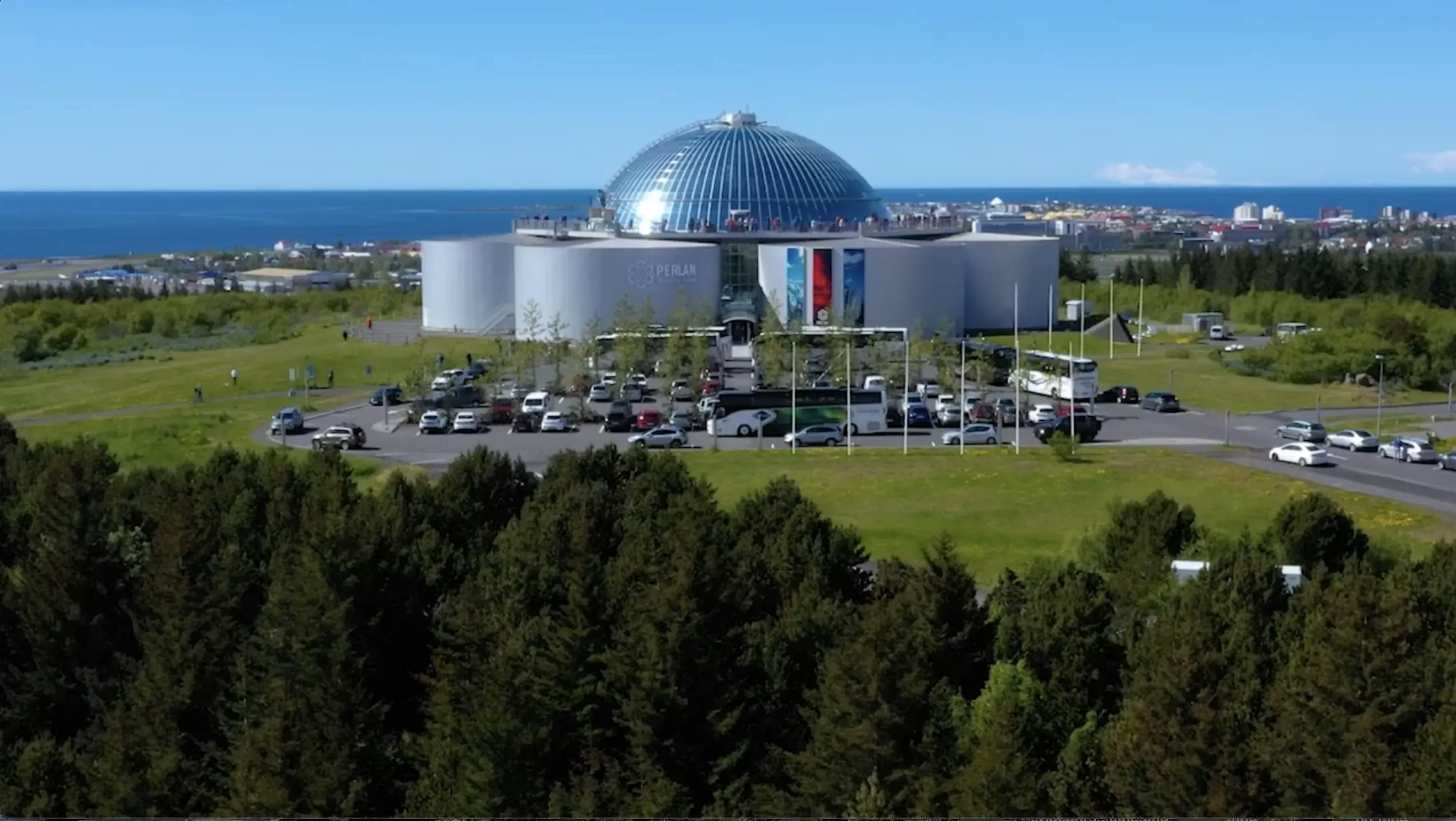
Round out your Reykjavík trip with a visit to Perlan, one of Iceland’s top attractions. Inside, you can experience the Wonders of Iceland exhibitions, from the Glacier and Ice Cave experience to the Áróra Planetarium Show, which brings the Northern Lights to life even when daylight lasts nearly 20 hours.
It’s a great way to explore Iceland’s natural wonders indoors, especially if the weather turns windy or rainy.
FAQ
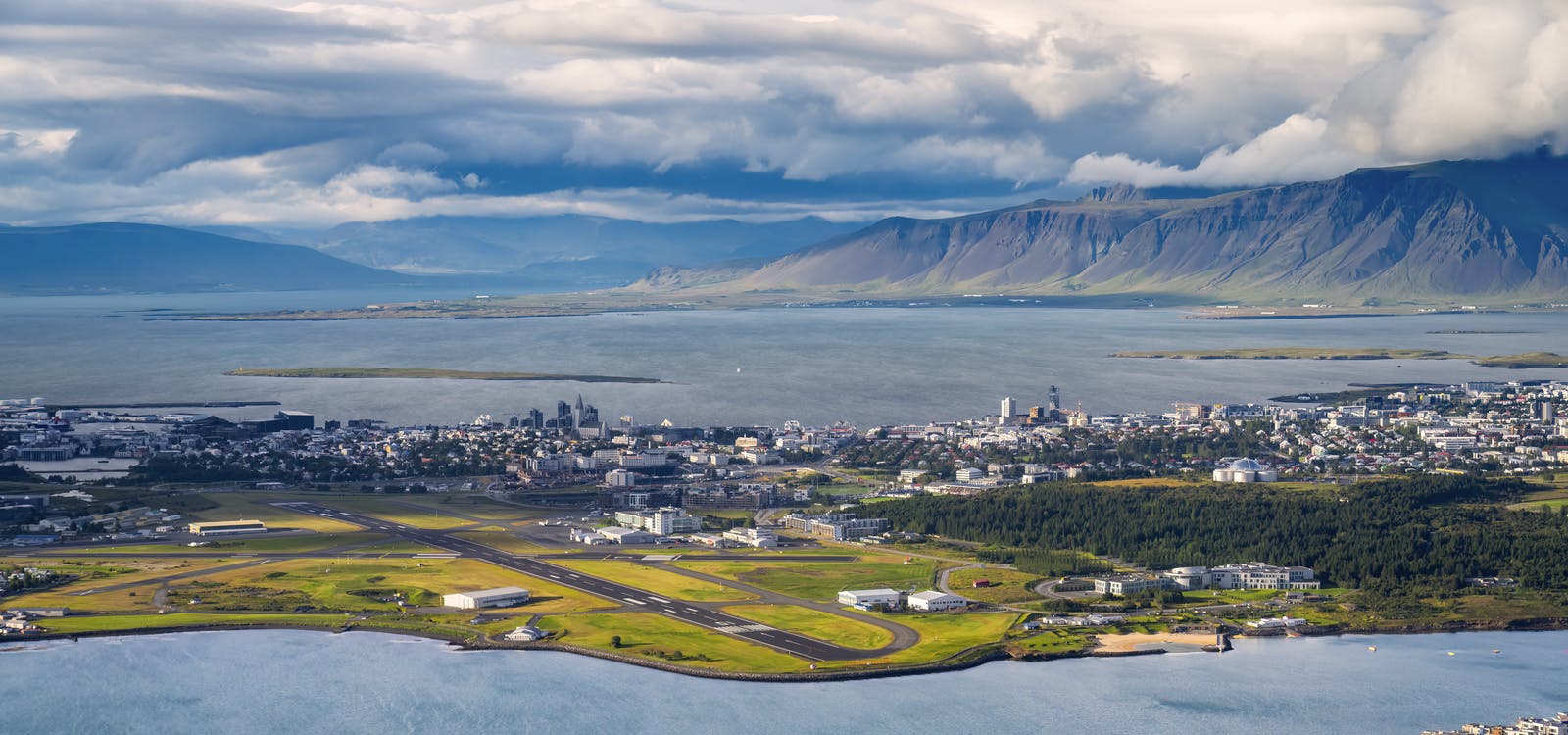
FAQ: Reykjavík in May
What is the weather like in Reykjavík in May?
The Reykjavík weather in May is mild, with temperatures between 3°C and 9°C (37°F–48°F) and long daylight hours for sightseeing.
Can you see the Northern Lights in Reykjavík in May?
No, it’s too bright in May to see the aurora. Visit Perlan’s Áróra show instead for a planetarium experience of the Northern Lights.
What to do in Reykjavík in May?
Enjoy whale watching, puffin tours, DesignMarch, and walks at Öskjuhlíð near Perlan. May offers great weather for sightseeing without summer crowds.
What to wear in Reykjavík in May?
Pack layers, a light down jacket, a waterproof coat, gloves, and good shoes. The weather in Reykjavík in May can change quickly, so be prepared for sun and wind.
Is Reykjavík Iceland in May cold?
It’s cool but comfortable. Expect mild spring temperatures and little snow, perfect for exploring both city and nature.







